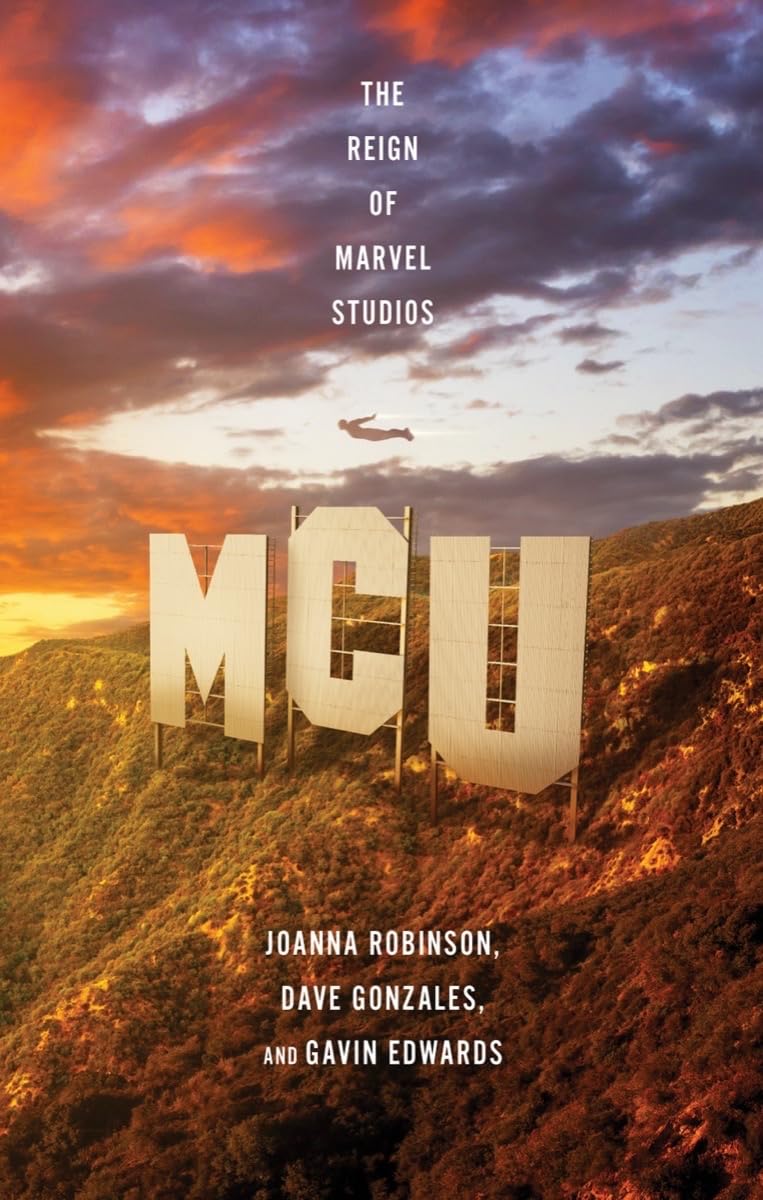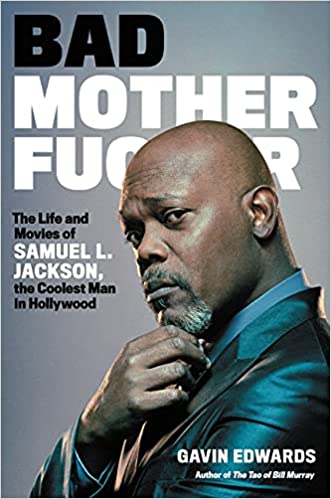R.I.P. Dennis Hopper, 1936-2010
 I was lucky enough to talk with Dennis Hopper once. I was writing a short piece for the short-lived Rolling Stone “Cool Issue” about his book of photographs, 1712 North Crescent Heights. (Now out of print, the book is available on Amazon for prices starting at $580. Damn, maybe I should sell my copy.) We spoke on the phone for ten minutes: he was friendly and energetic, if a bit unfocused. He strongly recommended that any aspiring film director first learn to tell a narrative story with a roll of a film, fumetti-style. (I don’t think he used the word “fumetti,” though.)
I was lucky enough to talk with Dennis Hopper once. I was writing a short piece for the short-lived Rolling Stone “Cool Issue” about his book of photographs, 1712 North Crescent Heights. (Now out of print, the book is available on Amazon for prices starting at $580. Damn, maybe I should sell my copy.) We spoke on the phone for ten minutes: he was friendly and energetic, if a bit unfocused. He strongly recommended that any aspiring film director first learn to tell a narrative story with a roll of a film, fumetti-style. (I don’t think he used the word “fumetti,” though.)
What I wrote:
Before he was a film director, Dennis Hopper was a photographer. And before he was a photographer, he would walk down the streets of New York City, framing images with his hands. You probably know Hopper for his wild-eyed acting, from the biker in Easy Rider to the bomber in Speed, but he’s always had a secret life as an excellent visual artist. Not just “excellent for an actor”: he makes perceptive, lovely images. Did you think that camera around his neck in Apocalypse Now was just a prop? Decades from now, he may be better remembered as an artist than as a performer.
People are finally starting to notice: a retrospective of his artwork is touring this year from Amsterdam to Vienna to Moscow. An eight-minute video he made about a Dutch homeless girl will be shown in the prestigious Whitney Biennial. And he has a new book of old photographs, 1712 North Crescent Heights (Greybull Press), documenting his life from 1962 to 1968, when he and his then-wife Brooke Hayward presided over an LA coterie of actors and artists. (It’s edited by their daughter Marin, who got Dad’s permission to look through his contact sheets, in search of forgotten happy times.) See Tina Turner trying to get her mouth around an enormous Coke bottle! Teri Garr on the beach! Jane Fonda practicing archery! But even without the celebrity quotient, Hopper’s photographs would beautifully evoke a vision of the ’60s as a playground: innocents in the garden of California.
Hopper’s impressive Pop Art collection can be seen in the background of many of the photos: originals by luminaries such as Warhol, Lichtenstein, and Oldenburg. These days, he says, he relies on phone conversations with Julian Schnabel and Damien Hirst to keep him up-to-date with what’s going on in the art world. (Although he does live in a house designed by Frank Gehry.) “And I doodle,” he says. “I can’t paint, just because I haven’t gotten my studio set up. But I just took some incredible photos in South Africa.”
Asked if his approach to art has changed in the last four decades, Hopper says, “I was in Amsterdam for a month, working on my retrospective, and I saw a lot of Flemish painting while I was there. That changed how I looked at light.” He laughs. “But everything else is pretty much the same.”
(Article by Gavin Edwards. Originally published, in substantially shorter form, as “Cool Secret Life: Dennis Hopper,” in Rolling Stone 893 (April 11, 2002).)
posted 1 June 2010 in Articles and tagged Dennis Hopper, Los Angeles. no comments yet


